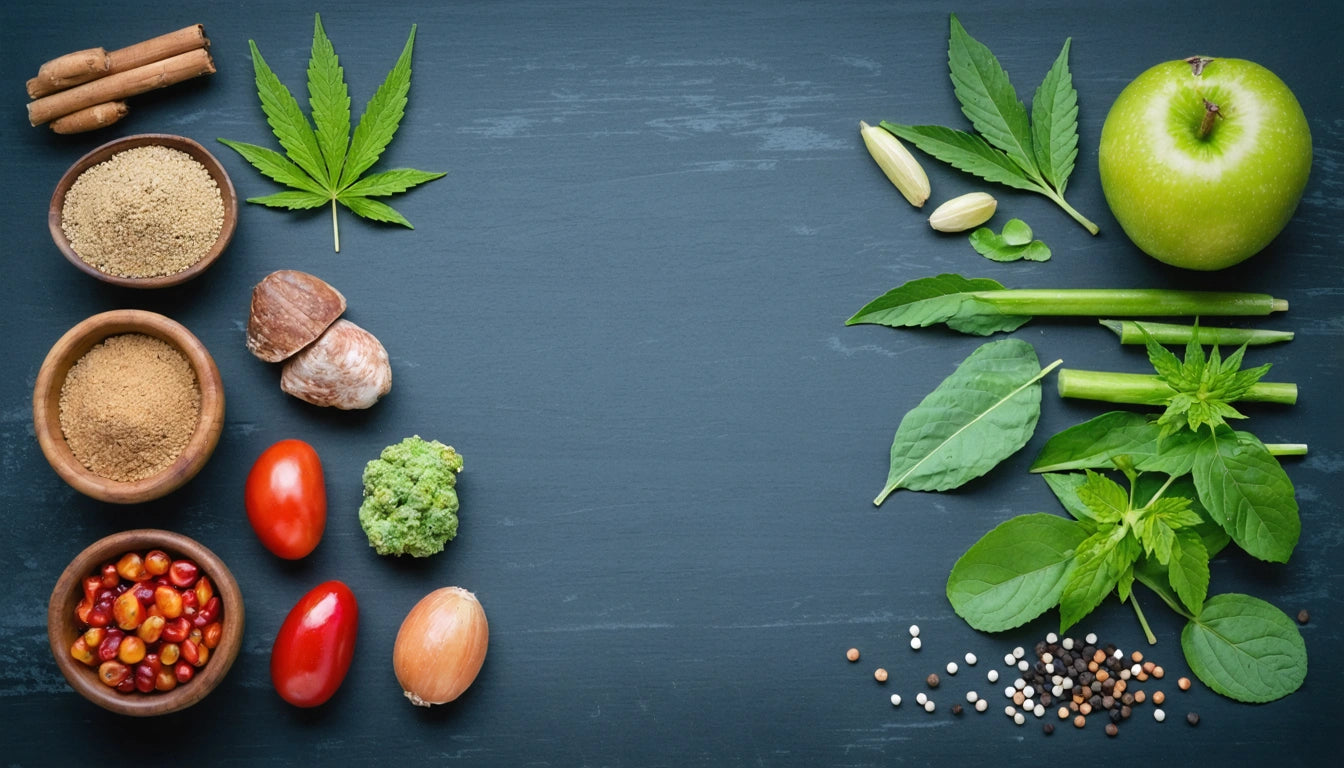Table of Contents
- Joint Measurements and Quantity: How Many Joints in an Ounce?
- Joint Pricing Breakdown: Understanding Costs Across Markets
- Factors Affecting Joint Costs and Pricing
- Consumption Metrics: Hits Per Joint and Efficiency
- Business Considerations for Pre-Roll Production
- Maximizing Value: Equipment and Efficiency in Joint Production
Understanding Joint Costs and Measurements: A Comprehensive Guide
For cannabis businesses and consumers alike, understanding joint measurements and costs is essential for budgeting, inventory planning, and pricing strategies. From determining how many joints in an ounce to calculating average costs per unit, these metrics form the foundation of the pre-roll market segment.
Joint Measurements and Quantity: How Many Joints in an Ounce?
When determining how many joints you can get out of an ounce, several factors come into play. The standard measurement begins with understanding that one ounce equals approximately 28 grams of cannabis flower.
Typically, a standard joint contains between 0.5 to 1 gram of cannabis. Using these measurements:
- With 0.5-gram joints: Approximately 56 joints per ounce
- With 0.7-gram joints: Approximately 40 joints per ounce
- With 1-gram joints: Approximately 28 joints per ounce
According to our guide on joint measurements, the industry standard for pre-rolls often falls between 0.5 and 0.7 grams, though premium and specialty products may contain more.
Joint Pricing Breakdown: Understanding Costs Across Markets
The question of how much joints cost varies significantly by location, quality, and market conditions. On average, individual pre-rolled joints typically range from:
- Budget joints: $5-8 per unit
- Standard joints: $8-12 per unit
- Premium joints: $12-20+ per unit
In established markets like Colorado, the average cost for a standard joint is approximately $7-10, though prices continue to fluctuate with market maturity. Multi-packs often provide better value, with price breaks of 10-20% compared to individual units.
Regional Price Variations
How much a joint costs in Colorado may differ significantly from prices in newer markets. Established markets typically offer more competitive pricing due to:
- Greater competition among producers
- More efficient production methods
- Economies of scale in mature markets
- Stabilized tax structures
For a deeper understanding of the THC content that affects pricing, this resource on THC content in joints provides valuable insights.
Factors Affecting Joint Costs and Pricing
Several key factors influence how much joints cost in retail environments:
1. Flower Quality
Premium flower with higher THC percentages or rare strains commands higher prices. The difference between using trim versus premium flower can change the wholesale cost by 30-50%.
2. Additional Ingredients
Infused joints containing concentrates, kief, or other enhancers typically cost 25-40% more than standard joints.
3. Production Efficiency
Businesses using commercial-grade grinding equipment and processing tools can significantly reduce labor costs and improve consistency, ultimately affecting final pricing.
4. Packaging and Compliance
Child-resistant and compliant packaging adds $0.50-2.00 per unit to the final cost, depending on materials and design complexity.
Understanding these factors helps both consumers and businesses better evaluate the value proposition of pre-rolled products.
Consumption Metrics: Hits Per Joint and Efficiency
For consumers wondering about consumption efficiency, understanding how many hits in a joint helps with dosing and session planning. On average:
- A 0.5g joint typically provides 10-15 hits
- A 1g joint typically provides 20-25 hits
These numbers vary based on inhalation technique, burning efficiency, and personal tolerance. For those interested in maximizing their experience, our guide on rolling techniques offers valuable insights.
Business Considerations for Pre-Roll Production
For cannabis businesses, understanding joint measurements impacts production planning and inventory management. The standard case size for joints in wholesale distribution typically includes:
- 100-unit cases for individual pre-rolls
- 25-50 unit cases for multi-packs
Production efficiency becomes crucial when scaling operations. When calculating how many joints per oz of production capacity, businesses must factor in:
- Labor costs for rolling/filling
- Material loss during grinding and processing
- Quality control rejection rates
- Packaging efficiency
Many operations aim for 90-95% material utilization, meaning an ounce should yield approximately 25-27 one-gram joints after accounting for processing loss.
Maximizing Value: Equipment and Efficiency in Joint Production
For businesses looking to optimize their pre-roll operations and control costs, investing in proper equipment makes a significant difference. From maximizing yield from smaller quantities to ensuring consistent production at scale, the right tools matter.
Efficiency improvements can be realized through:
- Automated filling machines for consistent weights
- Quality grinders that preserve trichomes and prevent waste
- Proper curing and storage to maintain freshness
- Strategic packaging choices that balance protection and cost
By understanding the relationship between quantity, quality, and cost, both consumers and businesses can make more informed decisions about joint purchases and production. Whether calculating how many joints from an ounce for personal use or scaling production for retail, these measurements provide the foundation for success in the pre-roll market segment.











Leave a comment
All comments are moderated before being published.
This site is protected by hCaptcha and the hCaptcha Privacy Policy and Terms of Service apply.